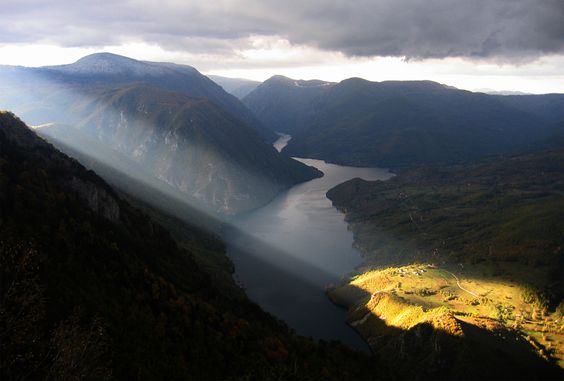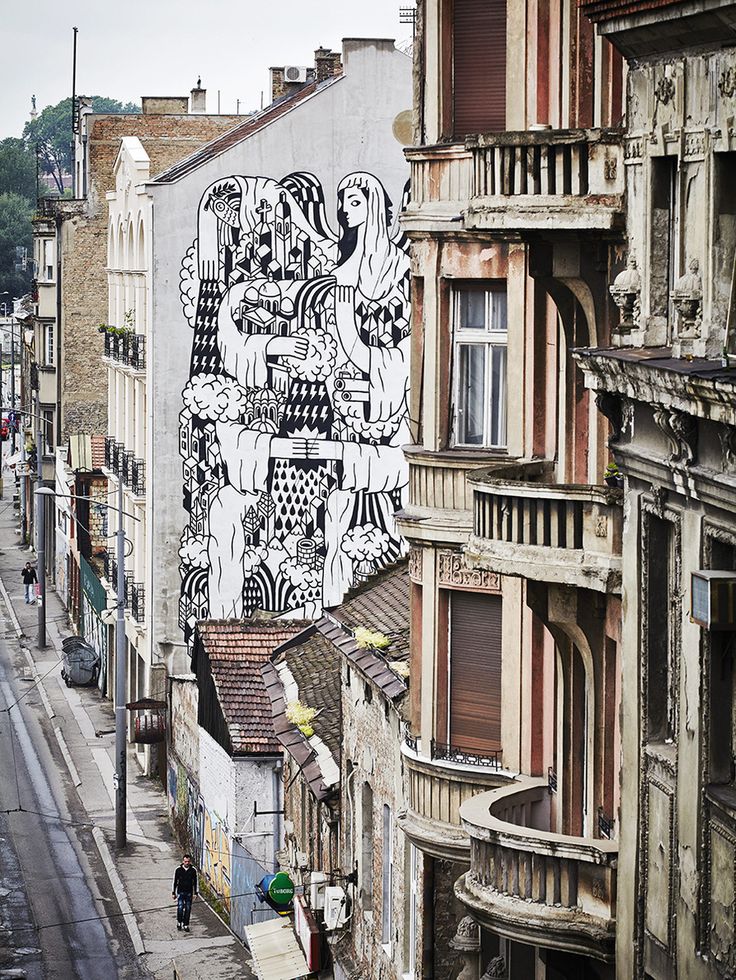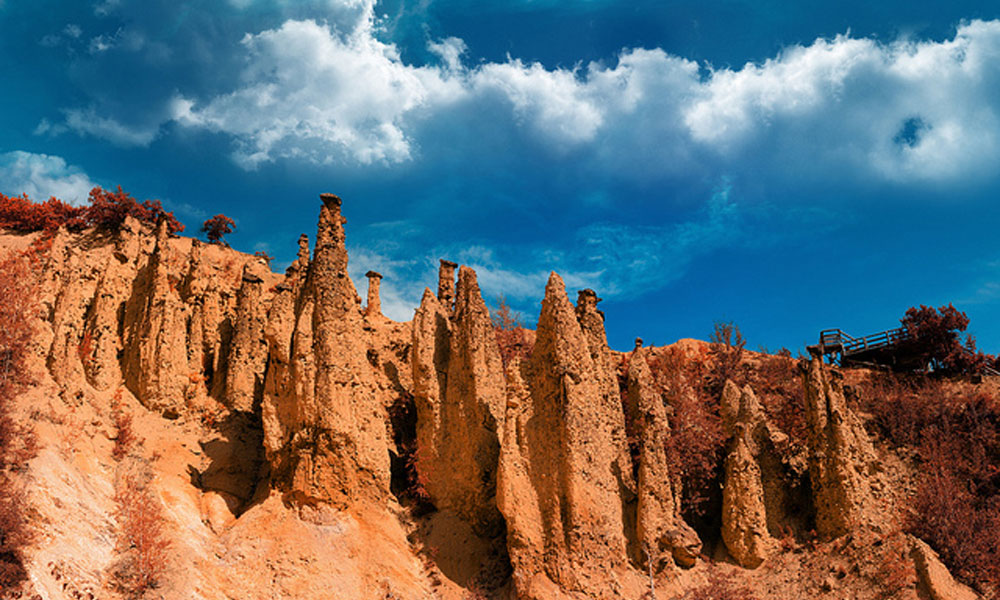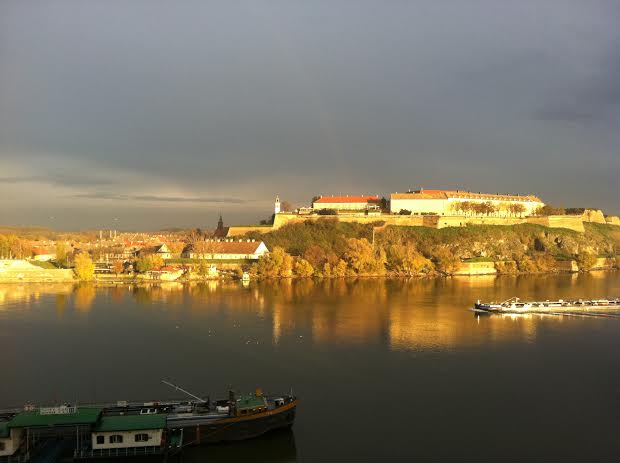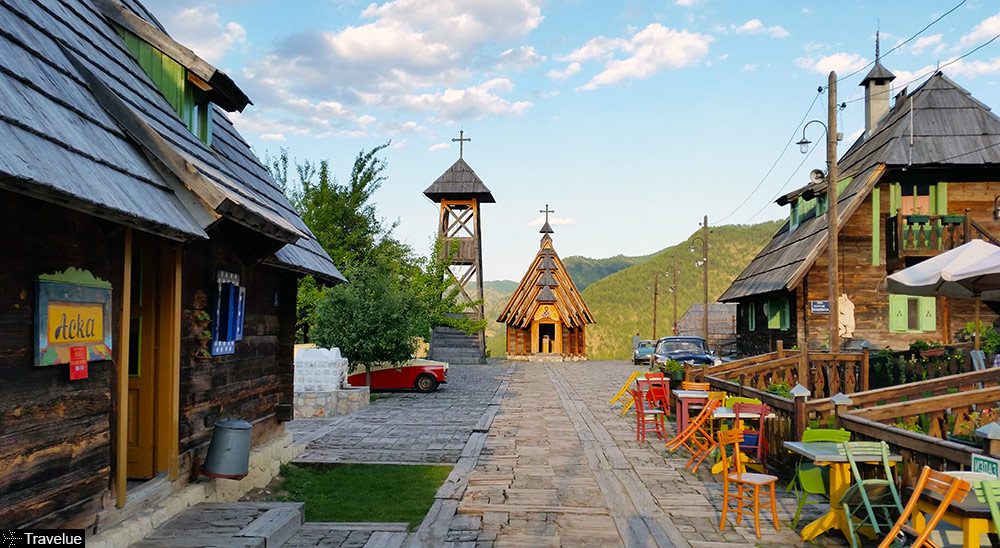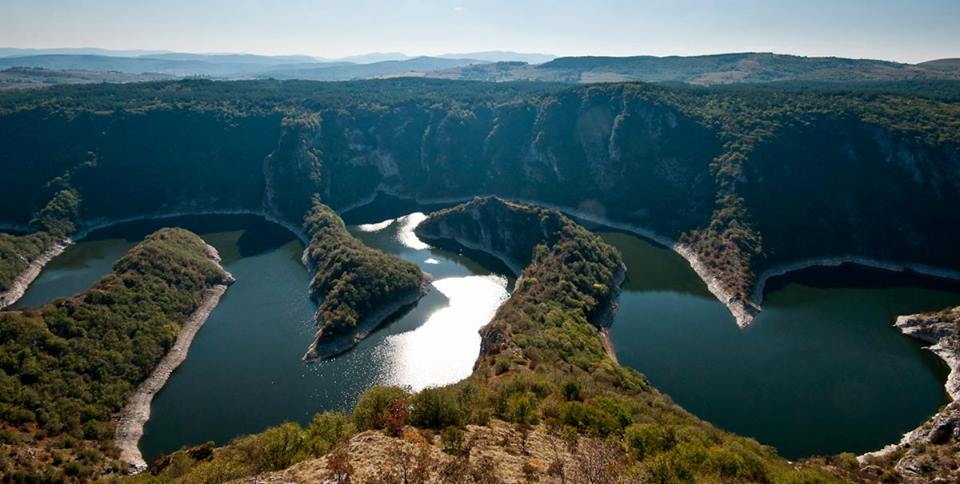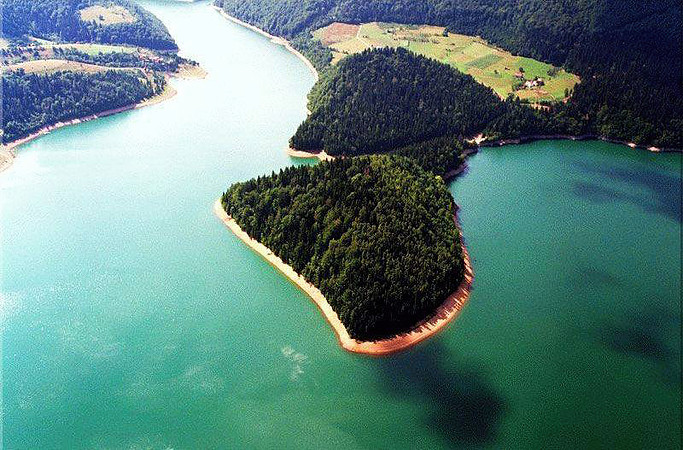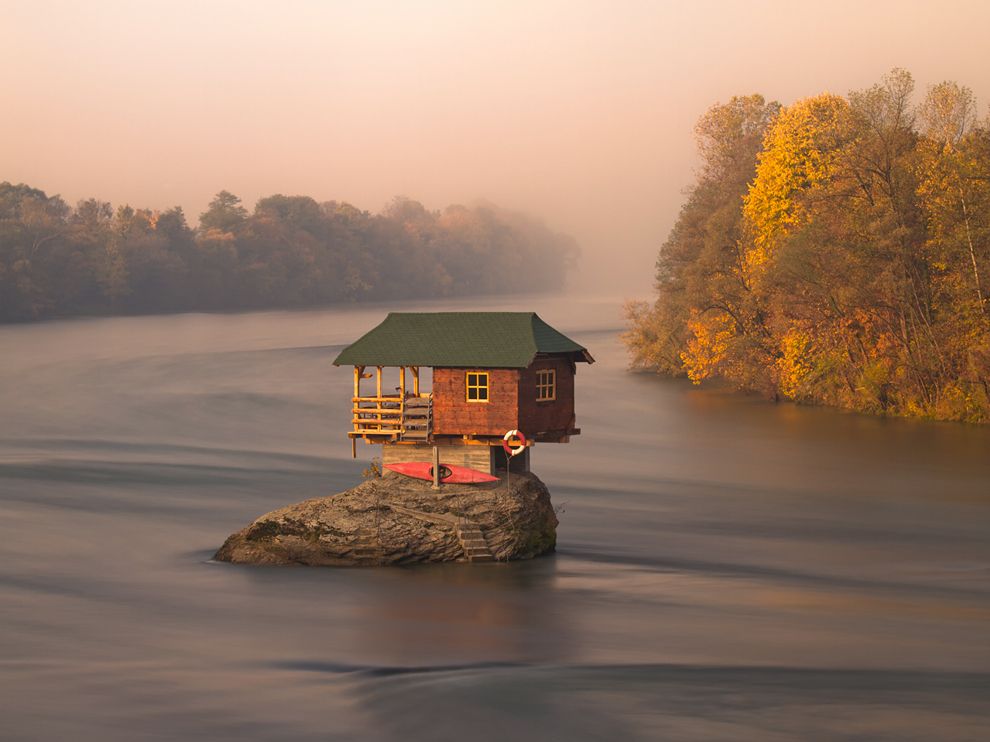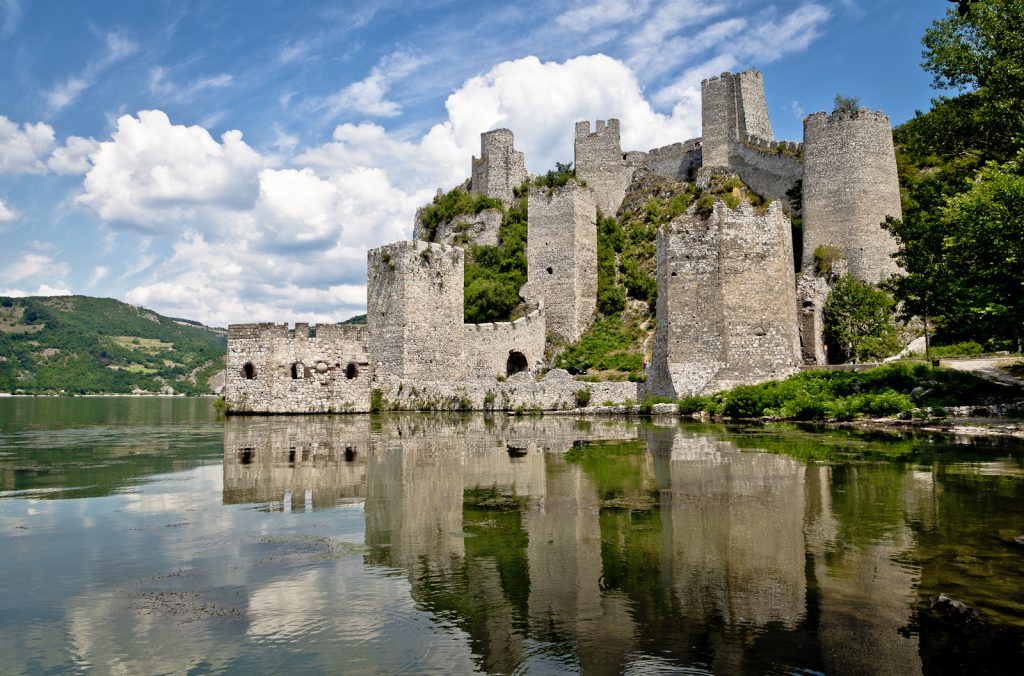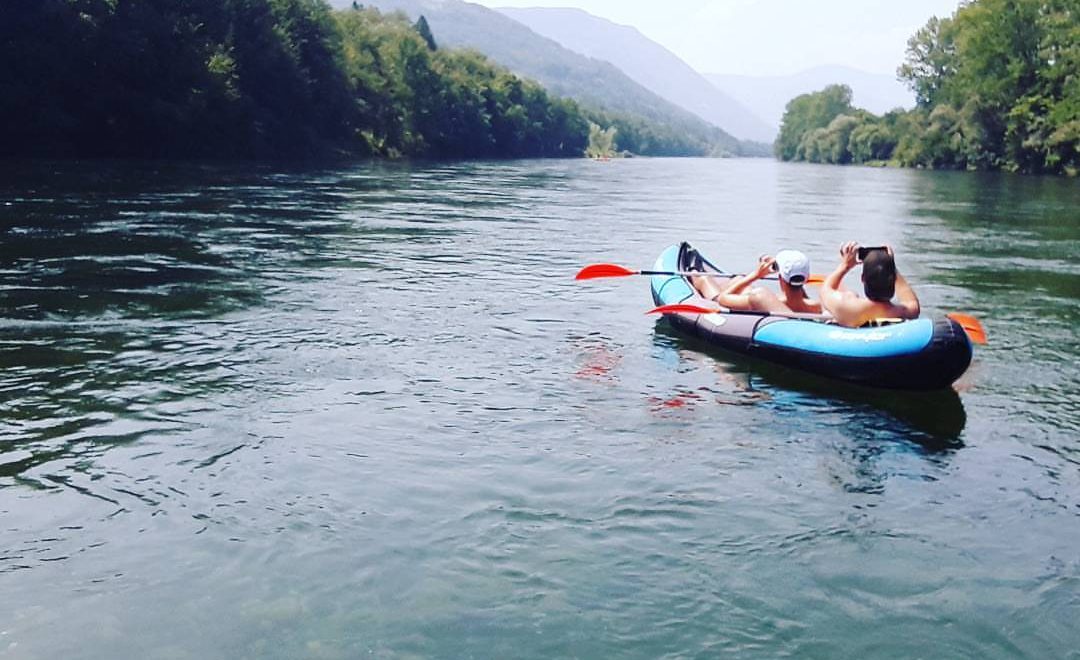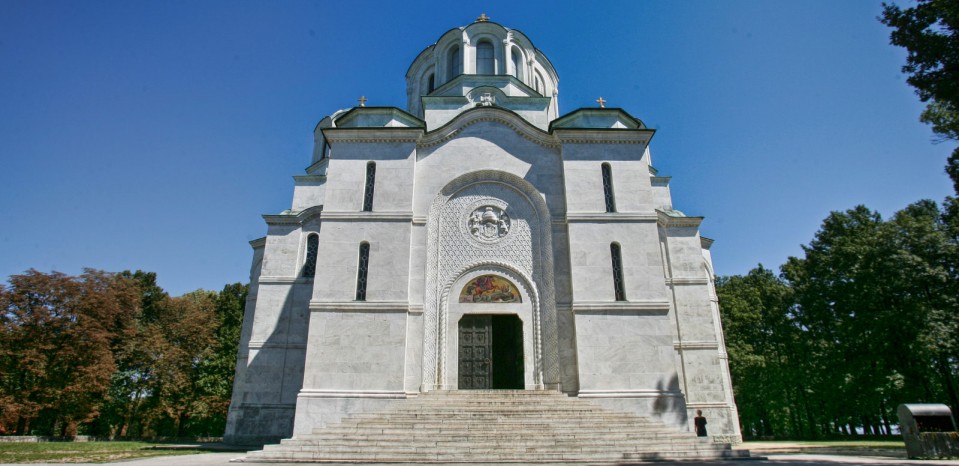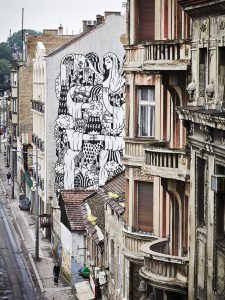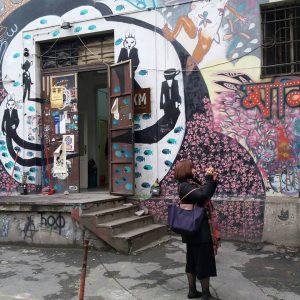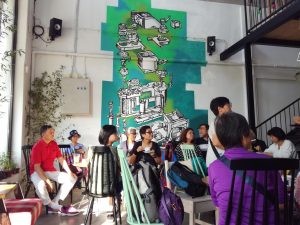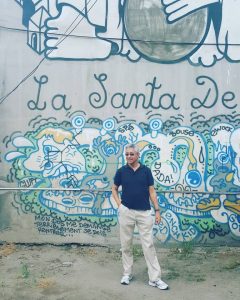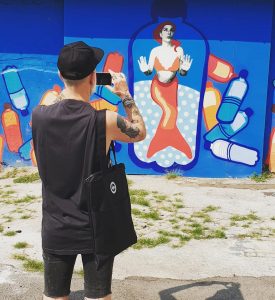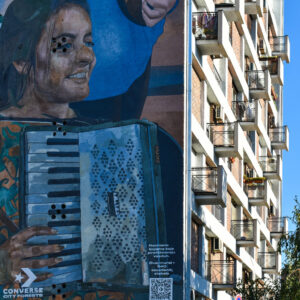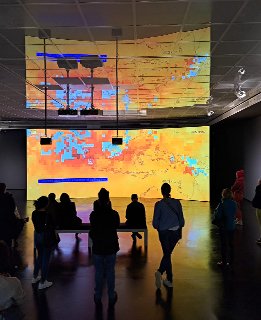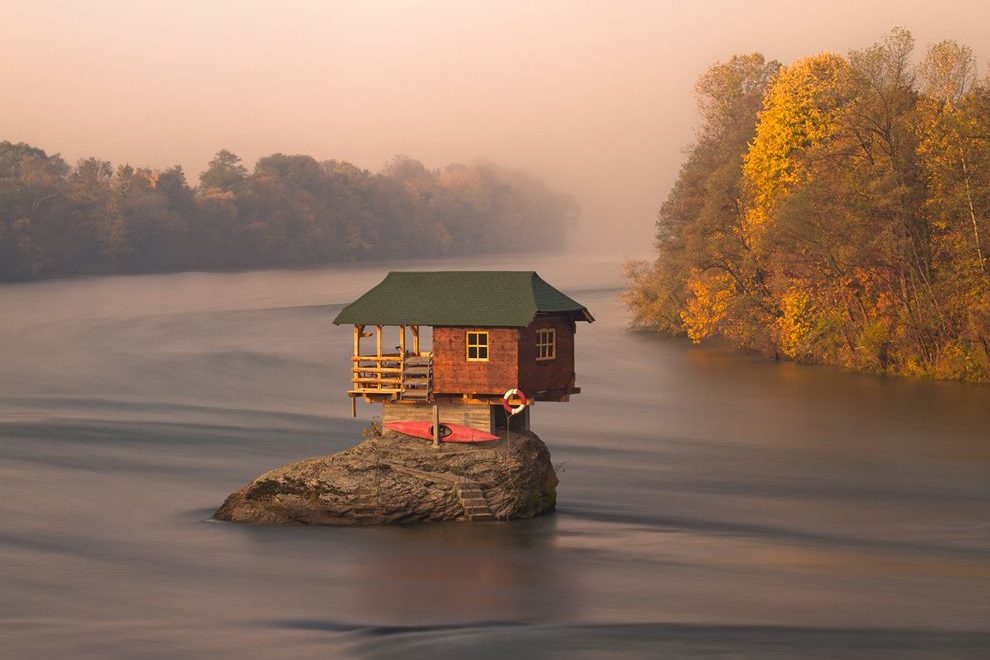
Sunshine over Tara mountains, also known as Dinaric alps, Serbia. Photo by: Uros Petrovic
Belgrade’s famous historical and creative neighborhood Savamala, Visit here.
Djavolja Varos has been placed under government protection in 1959, while in 1995, by the Resolution of the Serbian Government, it was declared the natural amenity of outstanding importance, giving it the first-category level of protection – NATURAL MONUMENT.
Novi Sad – easy-going and surrounded by fertile arable pastures, the Fruška Gora mountain, and the Danube river, the charming capital city of Vojvodina is a gem amongst the Serbian cities to visit. Because of its cultural importance, it is also called „Serbian Athens“ and is home to south-east Europe’s largest music festival – EXIT, which seems to have gained a global reputation for its diversity and top-notch music. Visit here.
The Wooden Town, also known as Küstendorf and Mecavnik, is a traditional village that the Serbian film director Emir Kusturica built for his film entitled “Life is a Miracle”. It is located near National park “Tara”, two hundred kilometers southwest of Serbia’s capital, Belgrade. Because of the Wooden Town, Kusturica was the 2005 recipient of the Philippe Rotthier European Architecture award.
Uvac Lake Meanders – a breathtaking nature of the reserve Uvac is one of the most beautiful places in Serbia and a top destination for true nature lovers. Uvac river forms the three lakes (Uvac, Zlatar, and Radoinja). This place is also home to protected bird species – the griffon vulture and we are bound to see lots of these natural cleaners.
Zlatar, one of the three lakes formed from Uvac river.
A house without neighbors. The house that has perched on a rock in the middle of a Drina river for 40 years, Serbia. Photo by: Irene Becker.
Golubac Fortress used to be a medieval town with a fort on the south side of the Danube River, 4 km downstream from the modern-day town of Golubac, Serbia. The fortress, which was most likely built during the 14th century, is split into three compounds which were built in stages. It has ten towers several of which received a number of reinforcements with the advent of firearms. 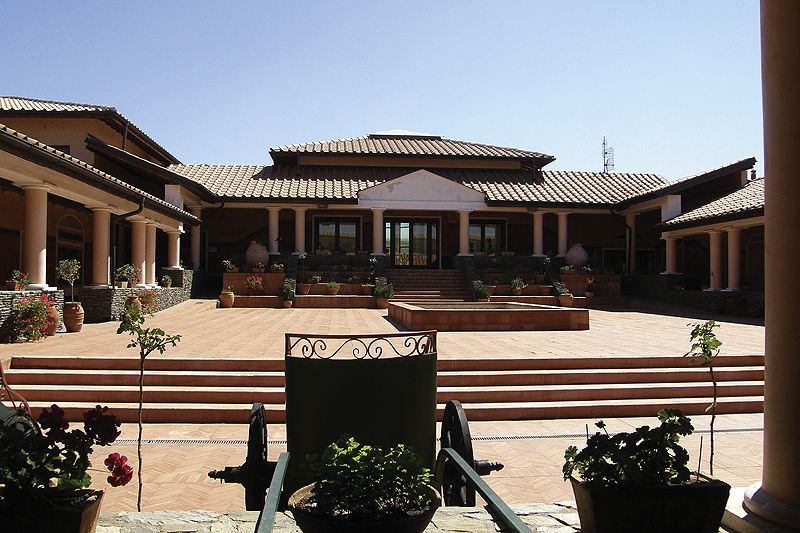
Viminacium was a major city (provincial capital) and military camp of the Roman province of Moesia ( Serbia of today), and the capital of Moesia Superior. The site is located 12 km (7.5 mi) from the town of Kostolac in Eastern Serbia today. The city dates back to the 1st century AD, and at its height it is believed to have had 40,000 inhabitants, making it one of the biggest cities of the time. It lies on the Roman Road Via Militaris. Viminacium was plundered and devastated by the Huns in the 5th century but was later rebuilt by the tzar Justinian. It was completely destroyed with the arrival of the Slavs in the 6th century. Today, the archaeological site occupies a total of 450 hectares (1,100 acres) and contains the remains of temples, roads, squares, amphitheaters, palaces, hippodromes, and Roman baths.
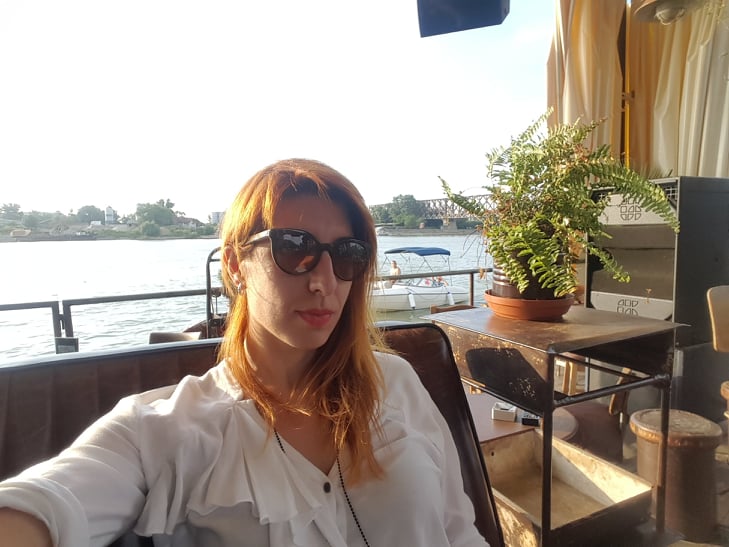
Writer. Blogger. Traveler. Researcher. Electronic Music Lover.

